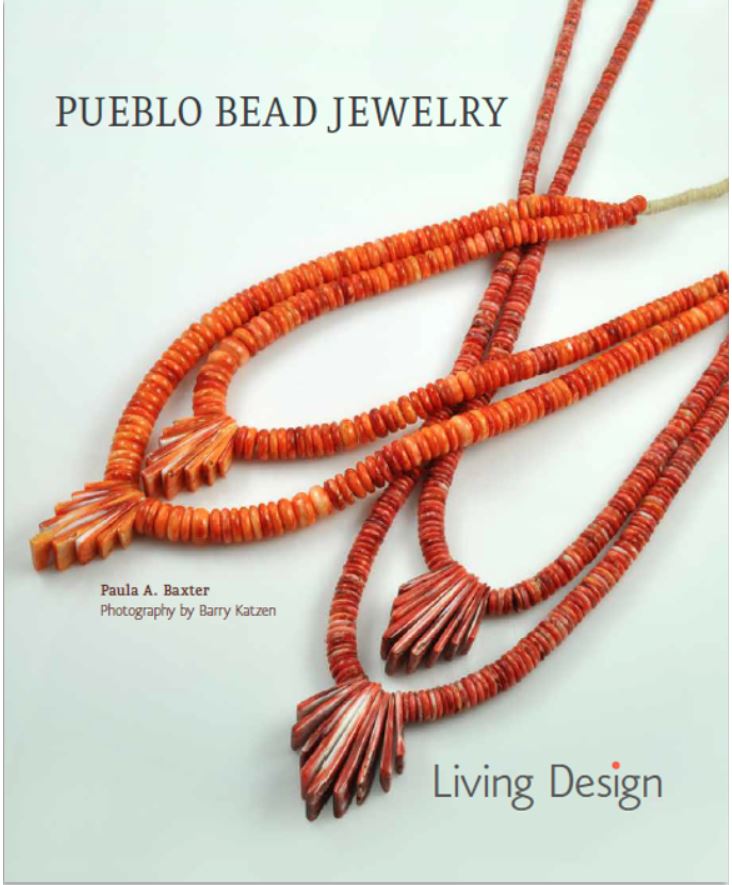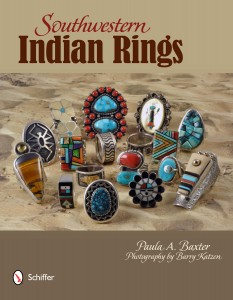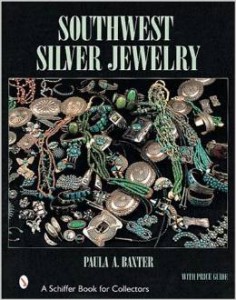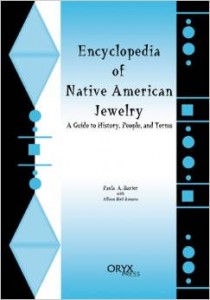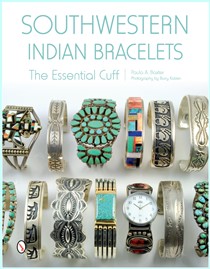I’ve written an article on this topic for the August issue of The Journal of Antiques and Collectibles. Collectibles have grown as a consumer fancy for collectors over the last thirty years. American Indians have been a source of fascination to non-Native peoples for a long time. Indian collectibles, however, reflect some of the cultural stereotypes and inaccuracies assumed by non-Indians. Most 20th-century school children grew up thinking that tomahawks, canoes, drums, feathered headdresses and beaded items were representative of Indian culture in general. Hollywood didn’t help matters by making all on-screen Natives into Plains Indians.
Japanese manufacturers responsible for restoring an economy ruined by World War II were quick to find American Indians a suitable subject for sentimental ceramics. Tourist collectibles made in the 1940s, 1950s, and 1960s are charming because of their exaggeration. Manufacturers did not worry about political correctness; in fact, the people they made these items for wanted something humorous. Indian maidens, chiefs in headdresses, mock-sacred spirit figures — all were fair game for the designer. Tourist items were intended to be portable souvenirs or gifts for those who had to stay home.
For those in the know, the answer is yes. SWAIA’s Indian Market, however, is still the clarion call of the year’s best art work to date. Many curators, collectors, and artists find that the works on offer there define the current trends in Indian arts. Others have lately begun to wonder if the recession and the pull of other markets (such as Japan’s eager collectors) have made Indian Market’s vendors less innovative. Last year, we noted some fine artists had less variety in items at their booths. Many notable inlay jewelers showed a limited range of designs; one artist admitted to me that his best work was available through a dealer who was set up in a Santa Fe hotel room. Several popular potters brought only a handful of creations.
Are deals being made before (or during) Market that siphon the “good stuff” away? Only ten years ago, the first hours of Indian Market were fraught with collector frenzy and selling intensity. That’s hardly been the case in recent years. Yes, certain artists still sell out by late morning, but the action may be taking place more and more offstage. We’d like to hear from people who’ve attended Indian Market over the last decade and see if they agree with this perception of slowing change . . .
If the Indian arts shows are factored out, where can collectors, especially beginners, expect to find the best work? We faced this issue in our visit to Tucson earlier this year. We were looking out for quality Tohono O’odham baskets. The Mission at San Xavier used to be a good bet, but their gift shop held only a few mediocre items. We located a small shop not far from the mission, Turquoise Skies where there was good work available. This shop was run by local men who knew the local artists personally. Even then, however, the owners admitted that getting this work is harder. Not only are fewer Native artists able to take the time to make this art, or teach a new generation, but well-to-do collectors and city dealers come to them first.
What does this tell those visiting Indian Country for a first-hand experience of buying Native arts there? Well, there will definitely be less really good arts available at trading posts and shops near national parks and tourist attractions. The loss of Verkamp’s at Grand Canyon Village on the South Rim is evidence of that. Even the shop at Monument Valley Tribal Park contains items that jump from low-end tourist work to the extremely expensive. If you want good quality Indian arts, your choices—with a few notable exceptions—are to go to the reputable museum gift shops, IACA- and ATADA-backed galleries in the cities, or to the artist directly.
(Disclaimer: While we shop at the Head Museum Shop, we do not receive any gifts or other consideration for mentioning them.)
Do you begin to sweat when you walk into a store, gallery, or exhibit space that offers Indian arts for sale — especially arts that you collect? I’ve had this particular affliction since 1986. It does NOT get better over time. There are two kinds of places that affect me most: 1) new emporiums I’ve never visited before, and 2) the shops of the Heard Museum and Museum of Northern Arizona.
At times, depending on the weather, I have to carry a small terry cloth with me to wipe the sweat away from my face and keep it from landing on the desirable objéts I am looking over. Buying a four-pack of terry baby wipe cloths is a good investment. Other people will sidle up to me and whisper that they have the same condition. One woman told me she got so excited during a Crownpoint Navajo Rug Auction, she had to run outside the school building to cool down. Straight into below freezing weather. Years ago, we attended an auction at Crownpoint in November. We bid successfully on three small weavings. We lurched all the way to Gallup that night on icy, snowy roads — and the entire time we forgot to turn on the heater!
This enjoyable city in the Valley of the Sun has an abundance of wildlife far different from the tourist’s expectations. We’ve enjoyed seeing elk, deer, javelinas, roadrunners, quail, chipmunks, and even the occasional snake, but Scottsdale’s rabbits make us happiest. These sturdy little creatures in shades of light brown, tan, and gray line the roads, paths, and tree-lined areas of most resorts and residential areas. Dusk is the time they really come out to play. Clearly, they benefit from Scottsdale’s generous sprinkler systems, lavish swathes of grass, and the absence of coyote and other predators who’d never survive a trot across Loop 101.
These cottontails enhance the charm of one of the American Southwest’s most attractive destinations; they view humans with a wary but accepting eye and are very, very good at lowering one’s blood pressure. While trawling the Internet looking for a new hotel to try, we found one resort advertising its peaceful, secluded grounds with the promise of myriad cottontails and quail!
Much buzz this spring was about the publication of a book that exposed a great injustice in Indian Country. Written by Paul Berkowitz, a self-avowed “whistle blower” for the National Park Service, The Case of the Indian Trader: Billy Malone and the National Park Service Investigation at Hubbell Trading Post (Albuquerque: University of New Mexico Press, 2011), reveals how ignorance and sloppy practices threatened the good name and livelihood of one of the most respected Indian traders in the Southwest.
This is definitely not a beach read, but if you want a gripping tale of misunderstanding and governmental indifference, this book will make an excellent airplane companion or educational entertainment. Not that it is amusing to read about a good man’s misfortune, but The Case of the Indian Trader reminds us why so much fundamental mistrust of the government and its bureaucracies exists out there. I will never look at Hubbell Trading Post with the same eyes again.
Face it, we all like dinosaurs. I remember being a little girl in the later 1950s and early 1960s running around lisping that I wanted to be a paleontologist and that the stegosaurus was my favorite animal. William Andrew Pacheco (Santo Domingo) understands this passion, and the dinosaurs roaming his monumental pottery pieces come from a shared love of these doomed creatures.
I know collectors who seek out dinosaur fetish carvings. (A hint: Turquoise Village in Zuni often has a small box of older dinosaur carvings among its wonderful trays of fetishes shelved by animal.)
Indian Country also abuts places where the richest dinosaur findings have been made. Contemporary dinosaur carvings can even show indications of feather tufts, the latest discovery in a far from stodgy field.
My husband has long wanted a dinosaur Navajo pictorial weaving of dinosaurs — a “Jurassic rug” as it were — but due to the work involved (the detail and non-repetitive patterns) these are quite rightly among the highest priced examples of the craft. So he’s been saving up… .
A recent visit to Prescott brought us to the Smoki Museum. We’d just missed their annual Southwestern Native American arts festival, but wanted to see what this small museum holds. All of the exhibition space occupies one large hall, and there are numerous displays of pre-contact pottery, stone carvings, and ancient basketry. The “Smoki People” (pronounced “Smoke-eye”) were non-Native residents anxious to shore up their failing Prescott Rodeo; they devised their own version of the Hopi Snake Dance, dressed as Indians, and created an event that made money and brought its originators a certain amount of notoriety. It took until 1990 before the Hopi Tribal Council got this event shut down. The museum’s supporters are confirmed, however, in their desire to promote Native cultures. The Smoki Museum is worth a little under an hour of exploration, and it illuminates social attitudes in Arizona before political correctness became established as the right way to celebrate Native achievement.
Despite the presence of the Yavapai-Prescott Indian Reservation, the small town of Prescott, Arizona, possesses a rural Western aspect, making the ambience more Cowboy than Indian. That said, Prescott holds attraction for the lover of Indian Country. Whether that translates into enjoying Bucky’s or Yavapai Casino or wandering the many small shops that ring Prescott’s town green, there are things to be seen and purchased.
Ogg’s Hogan, on Cortez Street, is filled with vintage collectibles that glitter as appealingly as those goods featured in Cowboys and Indians magazine. I spotted tote bags fashioned from Navajo textiles alongside shiny spurs and rodeo gear. The owner used to work for the Fred Harvey Company, and ran Hopi House on the Grand Canyon’s South Rim. Other stores in town feature Native-made goods (along with imitation Indian-made items), although the ratio is smaller in comparison to merchandise in the Southwestern Style intended for Western culture buffs.


